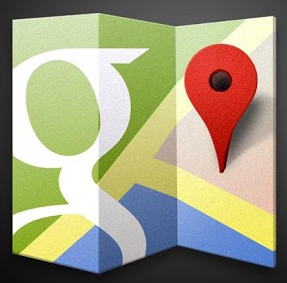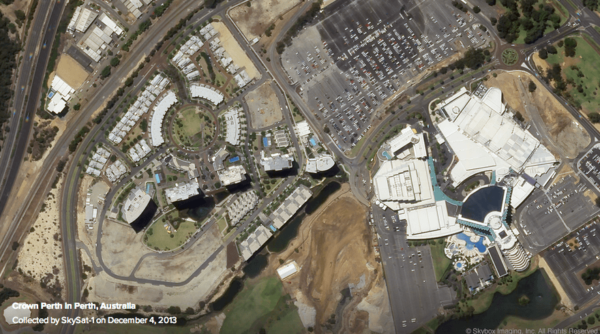How SkyBox Satellite Imagery Might Aid Google’s Offline Conversion Tracking
There’s a report this morning that Google is close to buying satellite imaging company SkyBox. The purchase price is put at roughly $1 billion. The deal has yet to be confirmed. The article conjectures that Google wants the company for two potential reasons: More imagery for consumer maps Data for enterprise use cases I’m sure those are accurate assumptions. […]
 There’s a report this morning that Google is close to buying satellite imaging company SkyBox. The purchase price is put at roughly $1 billion. The deal has yet to be confirmed.
There’s a report this morning that Google is close to buying satellite imaging company SkyBox. The purchase price is put at roughly $1 billion. The deal has yet to be confirmed.
The article conjectures that Google wants the company for two potential reasons:
- More imagery for consumer maps
- Data for enterprise use cases
I’m sure those are accurate assumptions. I’m sure there are additional use cases that Google has in mind as well — perhaps more real-world data for its self-driving cars, drones and robots.
One has to wonder what precisely Google gets by owning the company compared with licensing data as it does now with Digital Globe. Presumably it gets more discretion and control over what imagery and data are captured. It can also further develop SkyBox’s capabilities for future purposes.
However the potential deal immediately brought to my mind something else: how Google might use satellite imagery as part of its growing effort to track digital ad exposures into the offline world of stores and other commercial venues.
As part of its “estimated total conversions” initiative, Google said that it will track signed-in Chrome users as they enter stores to determine offline conversions. However there’s reason to believe that Google has also been testing conversion tracking involving “tight geofencing.” In other words, watching mobile users cross building perimeter thresholds.
If Google knows that Best Buy or Target (or a car dealership) occupies certain lat-long map coordinates it can correlate ad exposures (or search query data) with offline smartphone-user movements. There’s potential for error in this approach: what if I stop to tie my shoe in front of a store without going in? I might be counted as an in-store visitor but I’m actually not.
Indeed, mobile consumers close to a store who don’t actually enter might erroneously be counted as visitors. I’m sure Google is testing all this and going to be smart about its offline analytics methodology and formulas.
Still the idea that Google (and others) can closely geofence store perimeters and then track movements of smartphone users (Android devices in particular) in and out of those stores will provide valuable information about the offline impact of online ads and search queries. This type of data has really never been available at scale until very recently.
Satellite data, lat-long store coordinates, Android location, Street View, indoor maps and retailer floor plans all support this online-to-offline conversion tracking effort, which is already well underway (not just at Google). While, undoubtedly, a SkyBox acquisition would serve multiple objectives for Google, offline ad tracking could well be one of them.
Contributing authors are invited to create content for Search Engine Land and are chosen for their expertise and contribution to the search community. Our contributors work under the oversight of the editorial staff and contributions are checked for quality and relevance to our readers. The opinions they express are their own.
Related stories
